Home>Articles>What Is Considered Medium Heat On An Electric Skillet
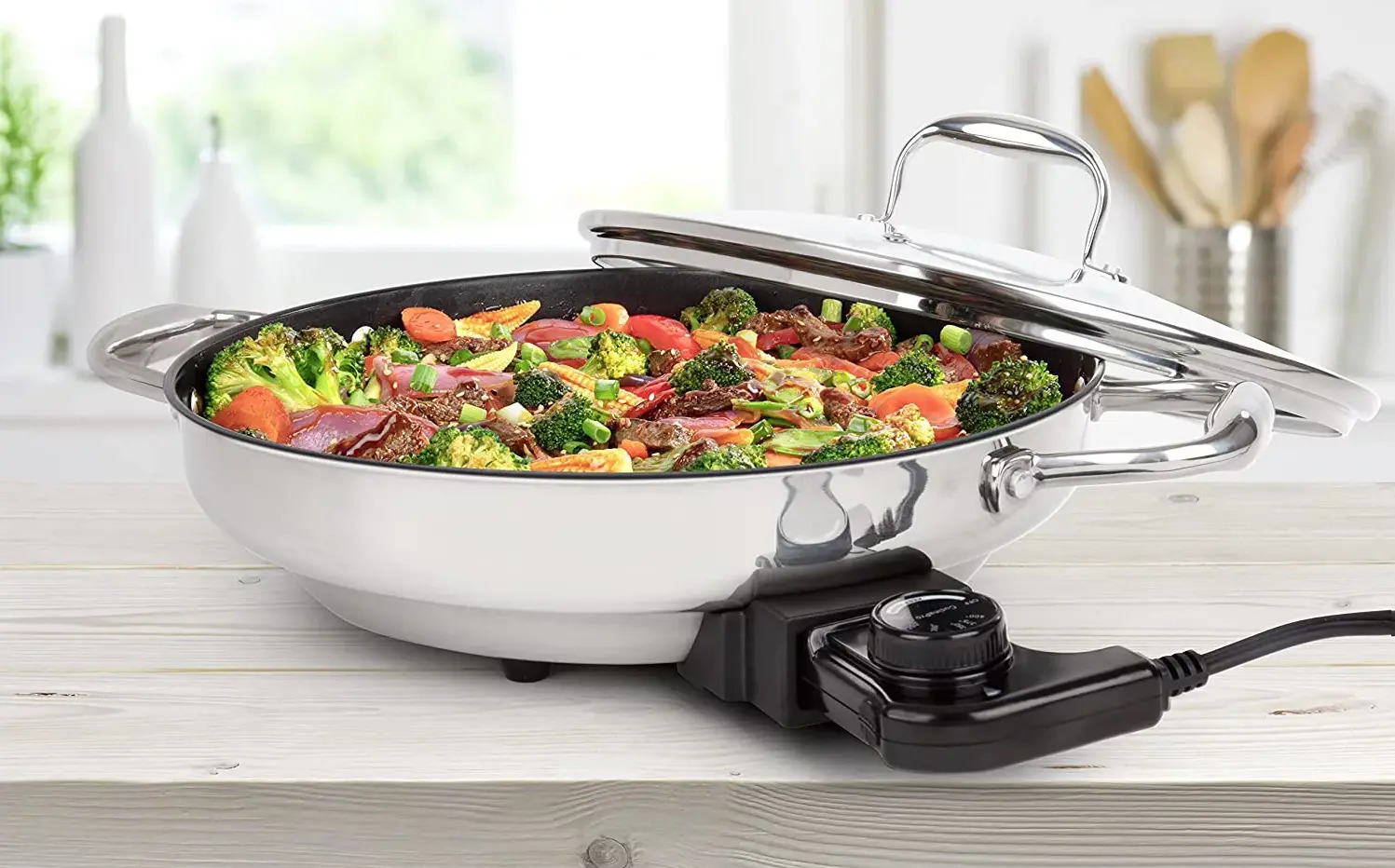

Articles
What Is Considered Medium Heat On An Electric Skillet
Modified: May 6, 2024
Discover what is considered medium heat on an electric skillet and explore insightful articles on achieving perfect cooking temperatures.
(Many of the links in this article redirect to a specific reviewed product. Your purchase of these products through affiliate links helps to generate commission for Storables.com, at no extra cost. Learn more)
Introduction
Welcome to the world of electric skillets, where cooking becomes a breeze with precise temperature control. Whether you’re a culinary enthusiast or a novice cook, understanding the different heat settings on an electric skillet is essential to achieve the perfect level of doneness for your dishes.
In this article, we will delve into the concept of medium heat on an electric skillet. We will explore what it means, factors that influence medium heat, and how to determine the optimal medium heat for your cooking needs. So, let’s jump right in and demystify the world of medium heat on an electric skillet!
Key Takeaways:
- Master medium heat on your electric skillet for perfect cooking balance. Use visual cues, temperature probes, and manufacturer guidelines to achieve precise medium heat. Embrace the versatility and control it offers!
- Medium heat is ideal for sautéing, browning, and simmering. Preheat properly, use the right fats, and monitor cooking times for delicious results. Experiment and adapt to your electric skillet’s nuances.
Understanding Heat Settings on Electric Skillets
Before we dive into the specifics of medium heat, let’s take a moment to understand the general heat settings on an electric skillet. Electric skillets typically come with a range of heat settings, allowing you to control the temperature of the cooking surface.
The heat settings on electric skillets are usually marked with numbers, indicating the intensity of the heat. The range may vary depending on the brand and model of the skillet, but common options include low, medium, and high heat settings.
These heat settings are designed to provide you with flexibility and precision in your cooking. Low heat is suitable for gentle simmering and keeping dishes warm, while high heat is ideal for searing and achieving a crispy finish.
Now that we have a basic understanding of the heat settings, let’s focus on medium heat and what it means in the context of an electric skillet.
Defining Medium Heat on an Electric Skillet
Medium heat on an electric skillet refers to a moderate level of heat that falls between the low and high heat settings. It is typically used for everyday cooking tasks that require a balance between gentle cooking and browning.
While the specific temperature range for medium heat may vary depending on the individual skillet, it is generally around 325°F to 375°F (163°C to 190°C). This temperature range allows for even heat distribution and ensures that your food cooks evenly without burning.
Medium heat is a versatile setting that works well for a variety of cooking techniques. It is particularly useful for sautéing vegetables, frying delicate foods like eggs, browning meats, and simmering sauces. This heat level allows for controlled cooking and helps to develop flavors while maintaining the desired texture.
It’s important to note that the labels on electric skillets may vary. Some skillets may have specific temperature values mentioned for each heat setting, while others may use descriptive labels like low, medium, and high. Regardless of the labeling, the medium heat setting is distinct and offers a middle ground that suits a wide range of cooking needs.
Factors Influencing Medium Heat on an Electric Skillet
While the heat settings on an electric skillet provide a general indication of the temperature range, it’s important to understand that various factors can influence the actual heat level experienced on the cooking surface. These factors can affect how quickly the skillet heats up, how evenly the heat is distributed, and how well it retains heat.
Here are a few key factors that can influence the medium heat on an electric skillet:
- Skillet Material: The material of the skillet can affect heat conductivity. For example, stainless steel skillets take longer to heat up compared to aluminum skillets, which have better heat conductivity. This can impact how quickly the skillet reaches the desired medium heat.
- Skillet Size: The size of the skillet can impact heat distribution. A larger skillet may require additional time to reach and maintain medium heat compared to a smaller skillet.
- Power of the Skillet: The wattage or power of the electric skillet can determine how effectively and quickly it heats up. Higher wattage skillets tend to reach medium heat faster.
- Cooking Surface: The condition and cleanliness of the skillet’s cooking surface can influence heat distribution. A damaged or uneven surface may result in inconsistent heat levels.
- External Temperature: The ambient temperature of the surrounding environment can impact how quickly the skillet reaches and maintains medium heat. Cooking in a colder kitchen may require slightly longer heat-up times.
It is important to consider these factors when using an electric skillet and adjusting the heat settings accordingly. Paying attention to these factors can help you achieve desired cooking results and ensure even heat distribution throughout the cooking process.
Medium heat on an electric skillet is typically around 300-350°F. To test the temperature, sprinkle a few drops of water on the skillet – they should sizzle and evaporate quickly. Adjust the heat as needed to maintain a consistent temperature.
How to Determine the Medium Heat on Your Electric Skillet
While the medium heat setting on an electric skillet provides a general guideline, it’s essential to understand that each skillet may have slight temperature variations. To ensure your dishes are cooked to perfection, it’s helpful to determine the medium heat specific to your electric skillet. Here are a few ways to determine the medium heat on your electric skillet:
- Manufacturer’s Guidelines: The first and most reliable source of information is the manufacturer’s guidelines. Consult the user manual or the manufacturer’s website for any specific instructions or recommended temperature ranges for each heat setting.
- Temperature Probe: If you have a kitchen thermometer or temperature probe that can measure the surface temperature, you can use it to determine the medium heat. Preheat your skillet to the medium heat setting and place the temperature probe on the cooking surface. Allow it to stabilize for a few moments and then take note of the temperature reading. This will give you an accurate measurement of the medium heat on your specific skillet.
- Water Droplet Test: Another simple method is the water droplet test. Sprinkle a few drops of water onto the preheated skillet surface. If the water droplets sizzle and evaporate within a few seconds, the skillet is at medium heat. If the water droplets quickly disappear without sizzling, the skillet may be on a higher heat setting, and if they don’t evaporate or remain without sizzling, the skillet may be on a lower heat setting.
- Visual Cues: With experience, you can rely on visual cues to determine medium heat. Look for a gentle bubbling or simmering of liquids, a gradual browning of ingredients, or the proper sear on meats. Adjust the heat setting accordingly if you notice that the food is cooking too quickly or too slowly.
By using these methods, you can determine the medium heat on your specific electric skillet and cook your dishes with precision and confidence.
Read more: What Temp Is Medium On An Electric Skillet
Tips for Cooking on Medium Heat
Now that you have a good understanding of medium heat on an electric skillet and how to determine it, let’s explore some helpful tips for cooking on this heat setting:
- Preheat Properly: Ensure that your skillet is preheated to the medium heat setting before adding any ingredients. This allows for even heat distribution and helps prevent sticking.
- Use the Right Fat: Choose the appropriate cooking oil or fat for your dish. Medium heat works well with oils such as olive oil, canola oil, and vegetable oil. Avoid using oils with low smoke points, as they may burn or become rancid at higher temperatures.
- Sauté with Control: Sautéing vegetables and ingredients on medium heat allows them to cook evenly without burning. Stir frequently and maintain a gentle sizzle to prevent sticking.
- Brown Meat Perfectly: Medium heat is ideal for browning meat and developing rich flavors. Ensure that the surface of the skillet is hot enough before adding the meat. Allow it to cook undisturbed to achieve a golden-brown crust.
- Simmer Sauces and Stews: For sauces, stews, and simmering dishes, medium heat allows flavors to meld and intensify over time. Adjust the heat as needed to maintain a gentle simmer throughout the cooking process.
- Cook Eggs with Care: When frying or scrambling eggs, medium heat is the sweet spot for achieving perfectly cooked eggs. It provides enough heat to cook the eggs gently without turning them rubbery or overcooking them.
- Monitor Cooking Times: Cooking on medium heat may take slightly longer than high heat settings. Keep an eye on the cooking process and adjust the heat as needed to avoid overcooking or undercooking your dishes.
- Experiment and Adapt: Each electric skillet may have its own nuances, so don’t be afraid to experiment and adjust the heat settings to suit your specific needs. With practice, you’ll become more comfortable cooking on medium heat and develop your own preferences.
Remember, cooking on medium heat allows for better control and brings out the flavors in your dishes. With these tips, you’ll be well-equipped to master the art of cooking on medium heat using your electric skillet.
Conclusion
Understanding the concept of medium heat on an electric skillet is essential for achieving perfectly cooked meals. It provides a balance between gentle cooking and browning, making it ideal for a wide range of dishes.
Throughout this article, we have explored what medium heat means on an electric skillet, the factors that influence it, and how to determine the medium heat specific to your own skillet. We’ve also provided some valuable tips for cooking on medium heat, ensuring that your culinary creations turn out delicious every time.
Remember to consult the manufacturer’s guidelines for specific temperature ranges, utilize temperature probes or simple tests like the water droplet test, and pay attention to visual cues when cooking on medium heat. These techniques will help you dial in the precise temperature necessary for your recipes.
Additionally, be sure to preheat your skillet properly, use the right fats, and adjust your cooking techniques accordingly. Cooking on medium heat allows you to sauté vegetables, brown meats, simmer sauces, and achieve excellent results with delicate dishes like eggs.
So, embrace the versatility and control that medium heat offers on your electric skillet. With practice and a bit of experimentation, you’ll become more confident in cooking on medium heat and produce flavorful meals that will impress your family and friends.
Now, it’s time to dust off your electric skillet, set it to medium heat, and let your culinary creativity flourish!
Now that you've mastered medium heat on your electric skillet, why not try adjusting the temperature settings for other cooking surfaces? If you're keen to perfect your grilling skills, check out our guide on setting the right temperature for grilling. Ready to whip up some delicious meals with your newfound knowledge? Don't miss our collection of irresistible skillet recipes, perfect for any meal of the day!
Frequently Asked Questions about What Is Considered Medium Heat On An Electric Skillet
Was this page helpful?
At Storables.com, we guarantee accurate and reliable information. Our content, validated by Expert Board Contributors, is crafted following stringent Editorial Policies. We're committed to providing you with well-researched, expert-backed insights for all your informational needs.
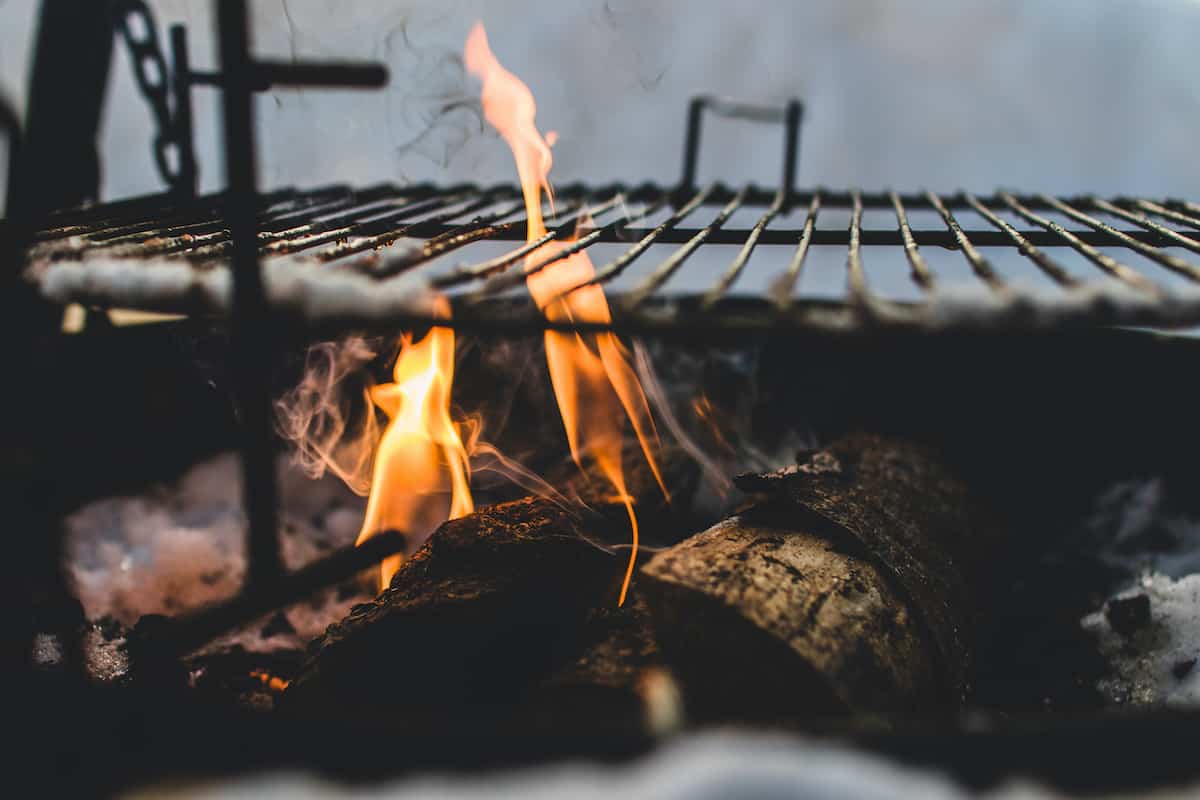
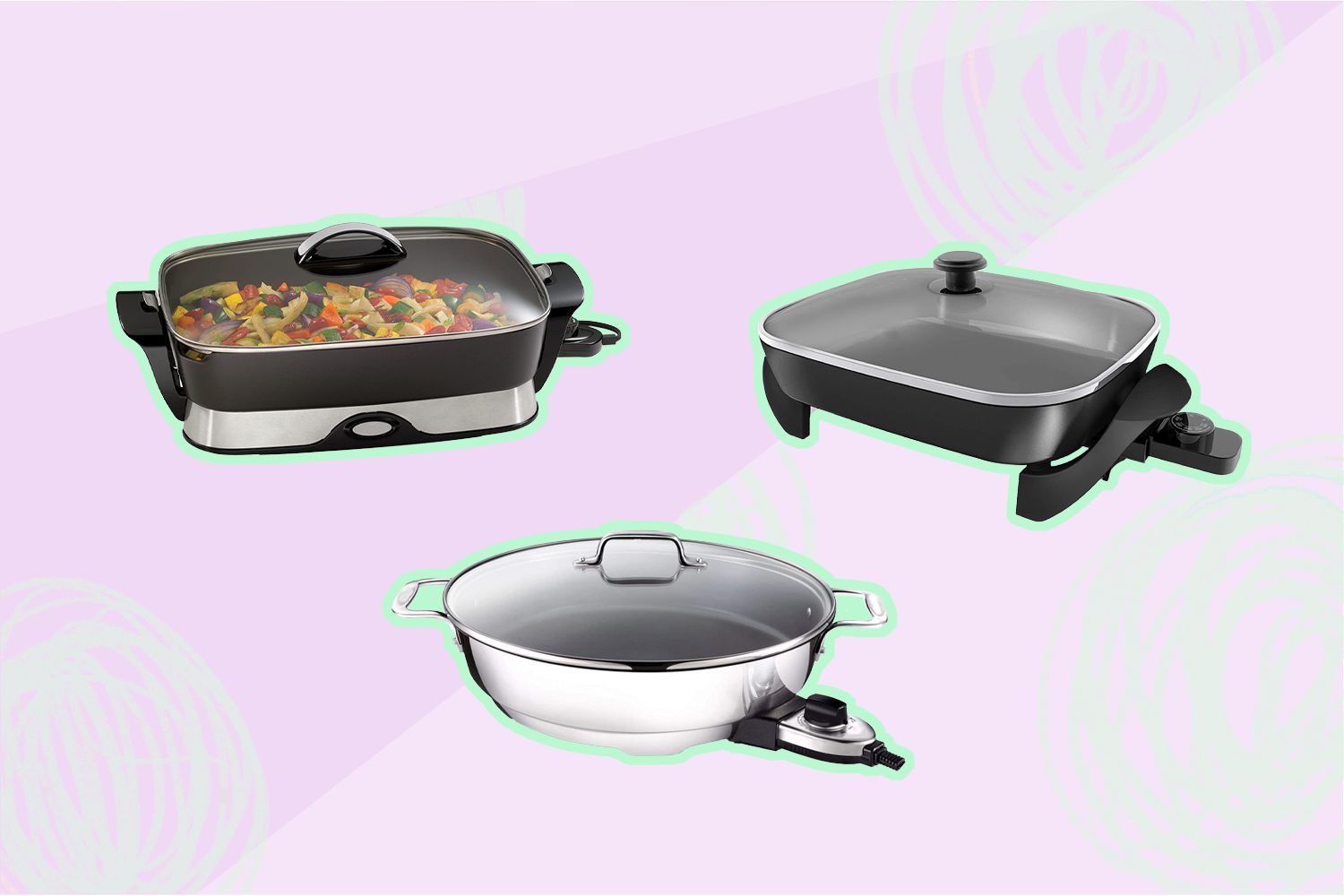
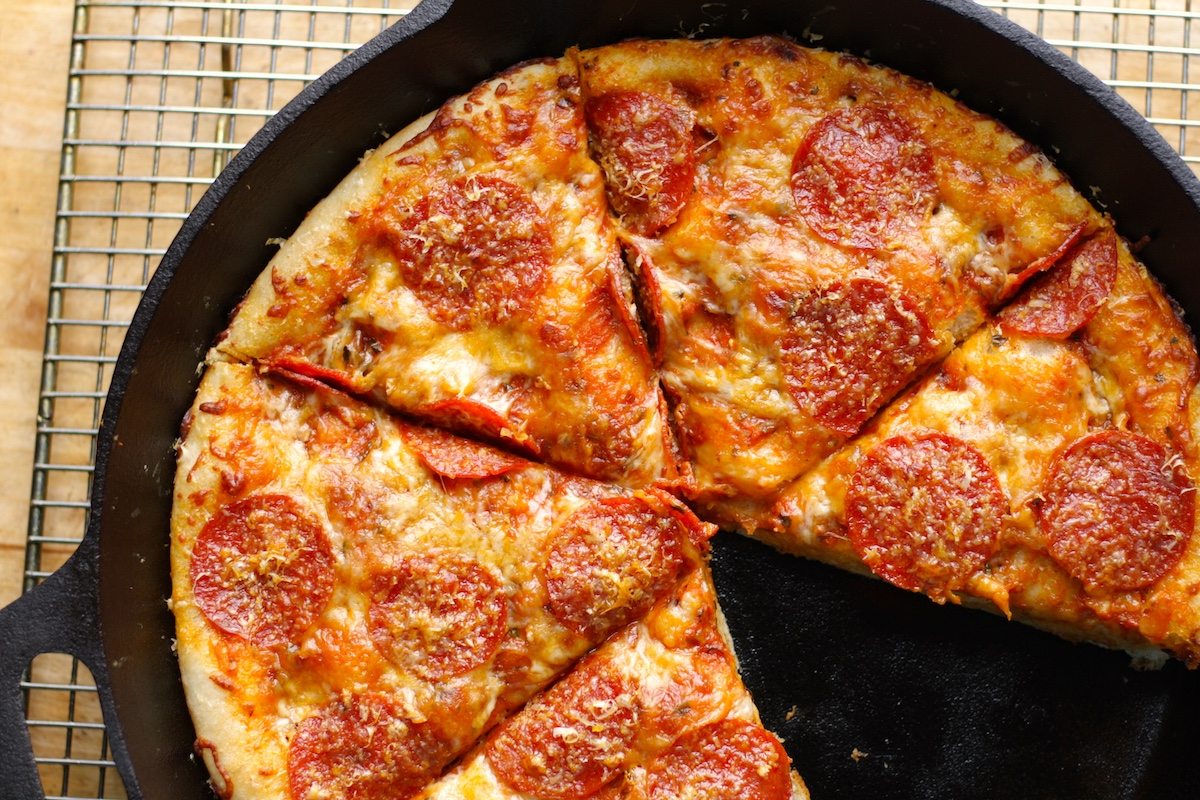
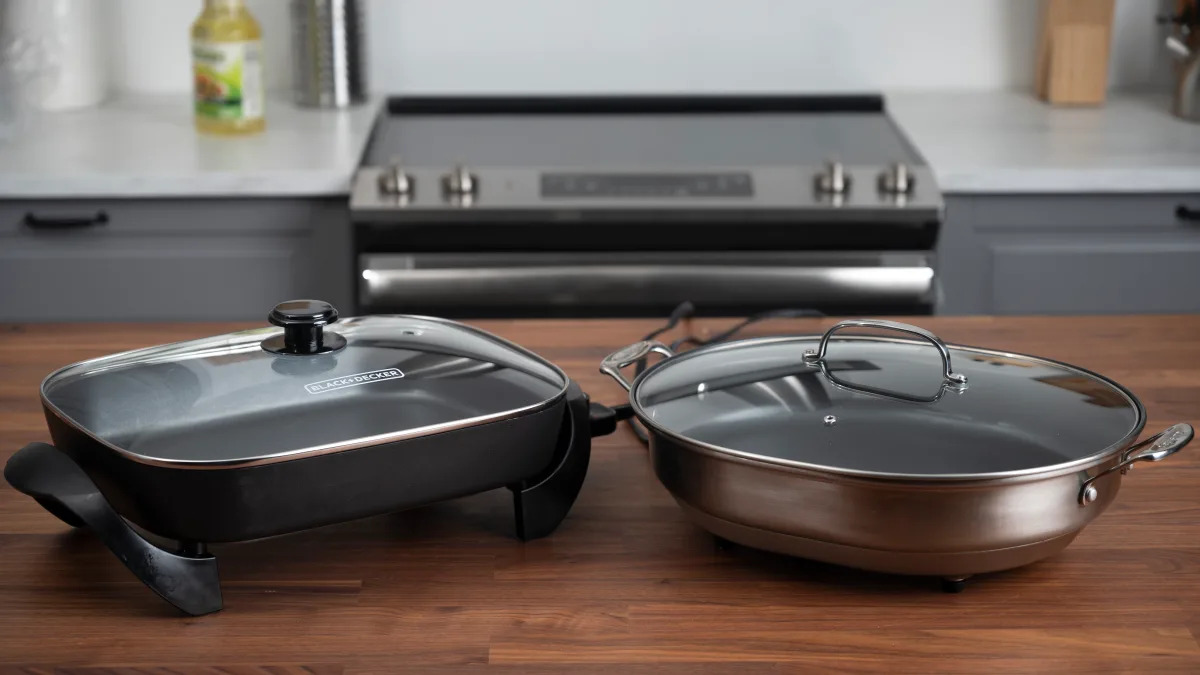
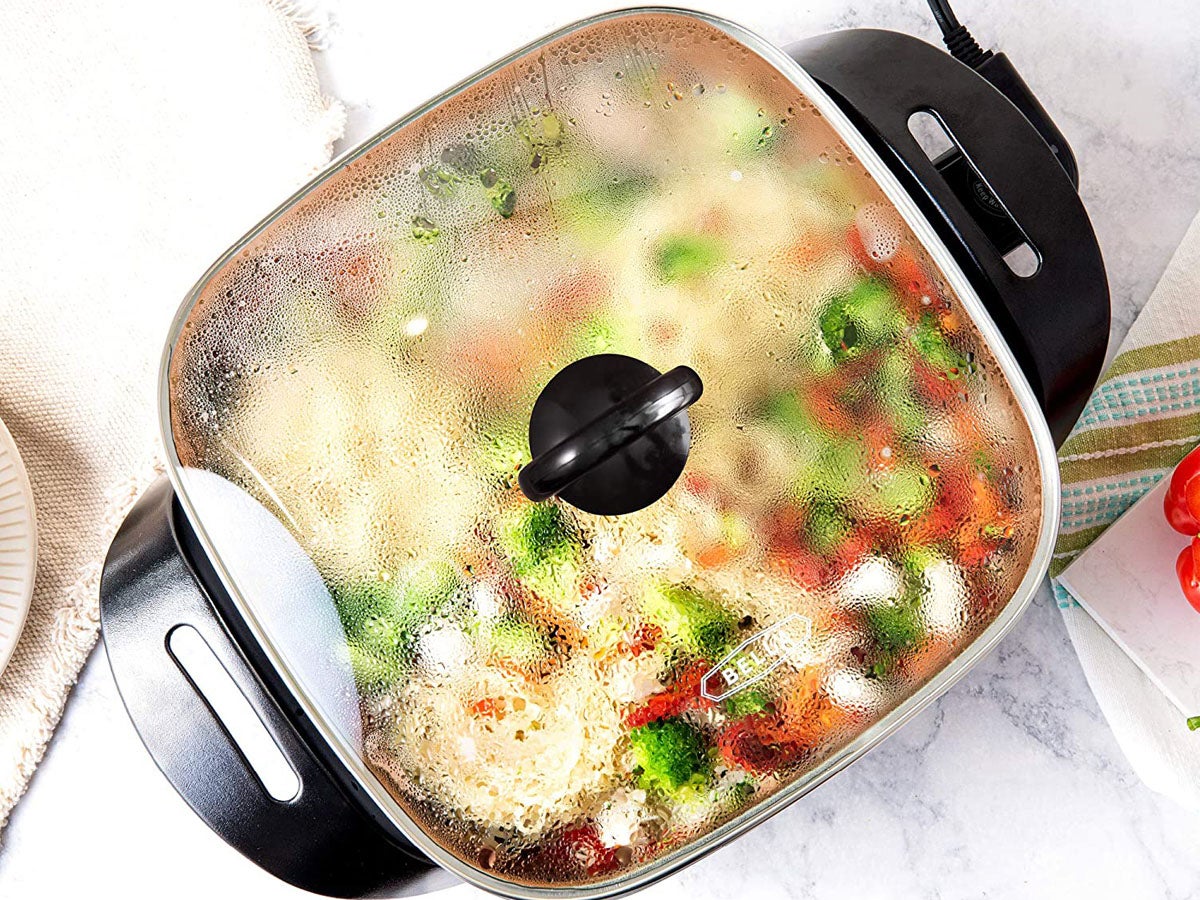
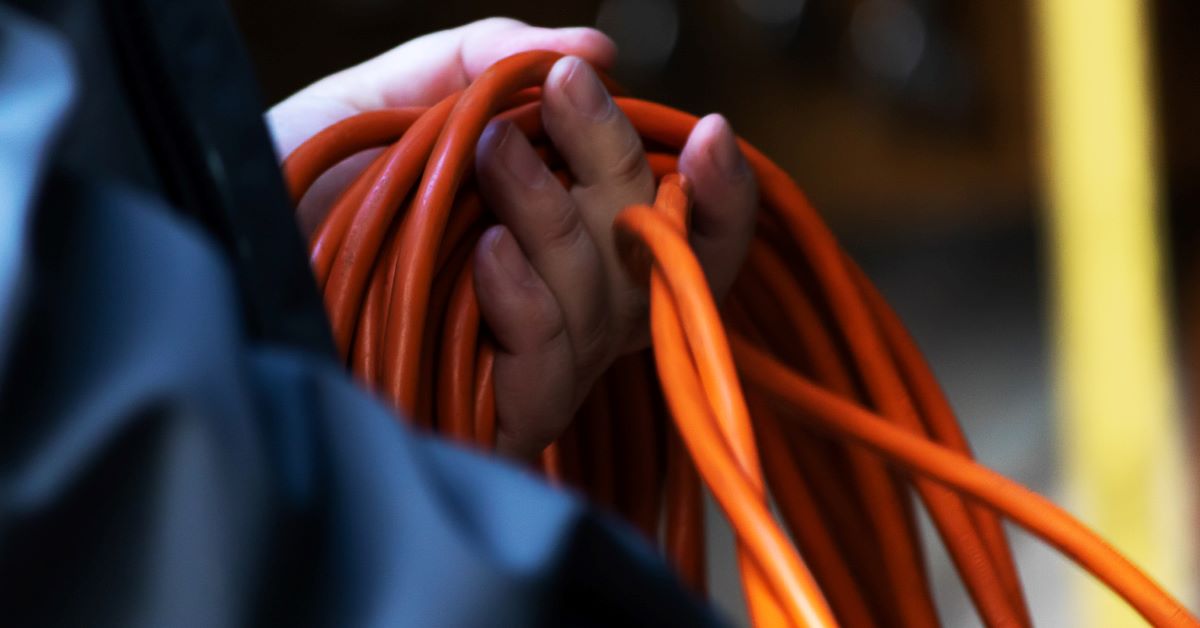
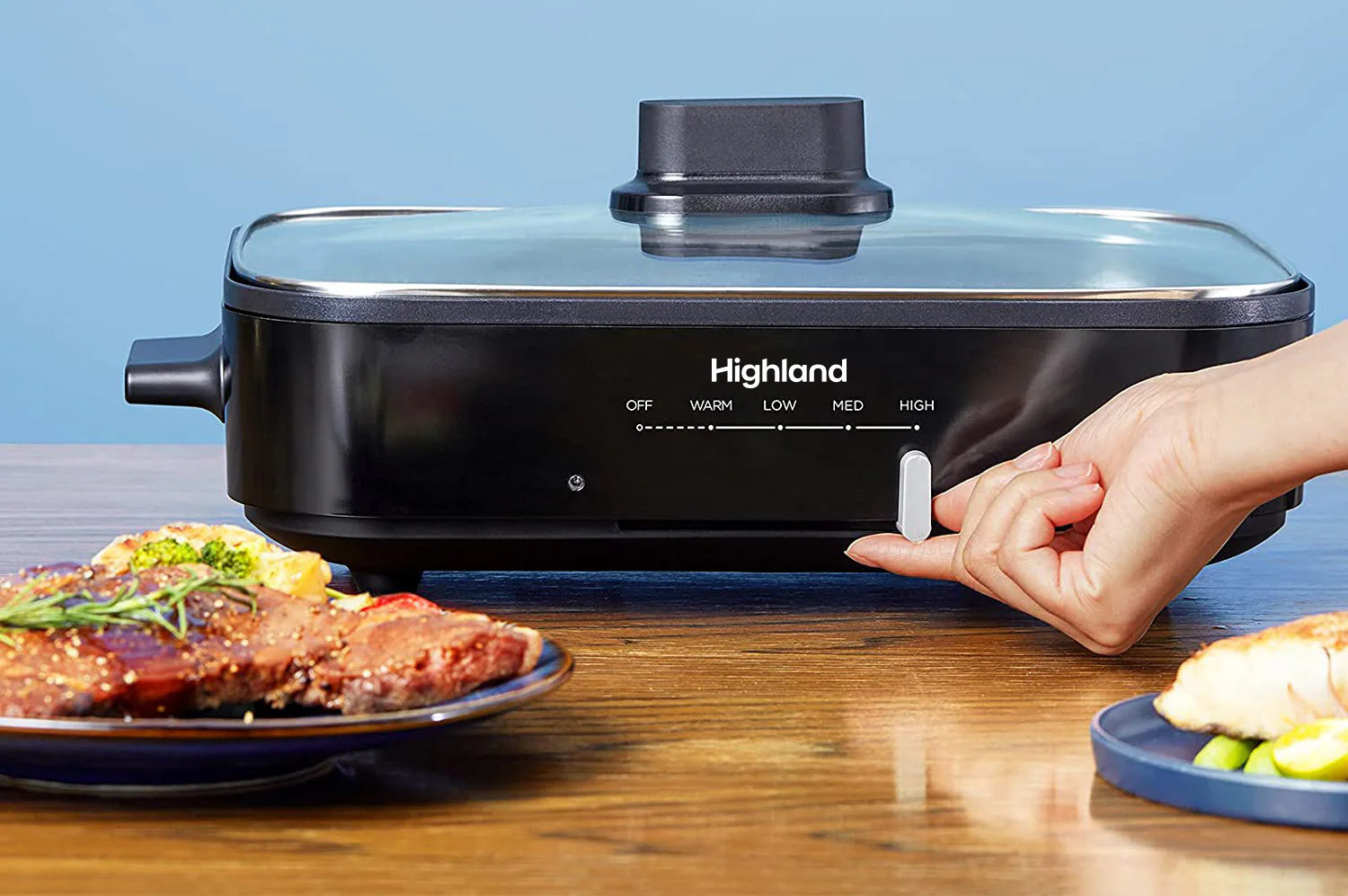
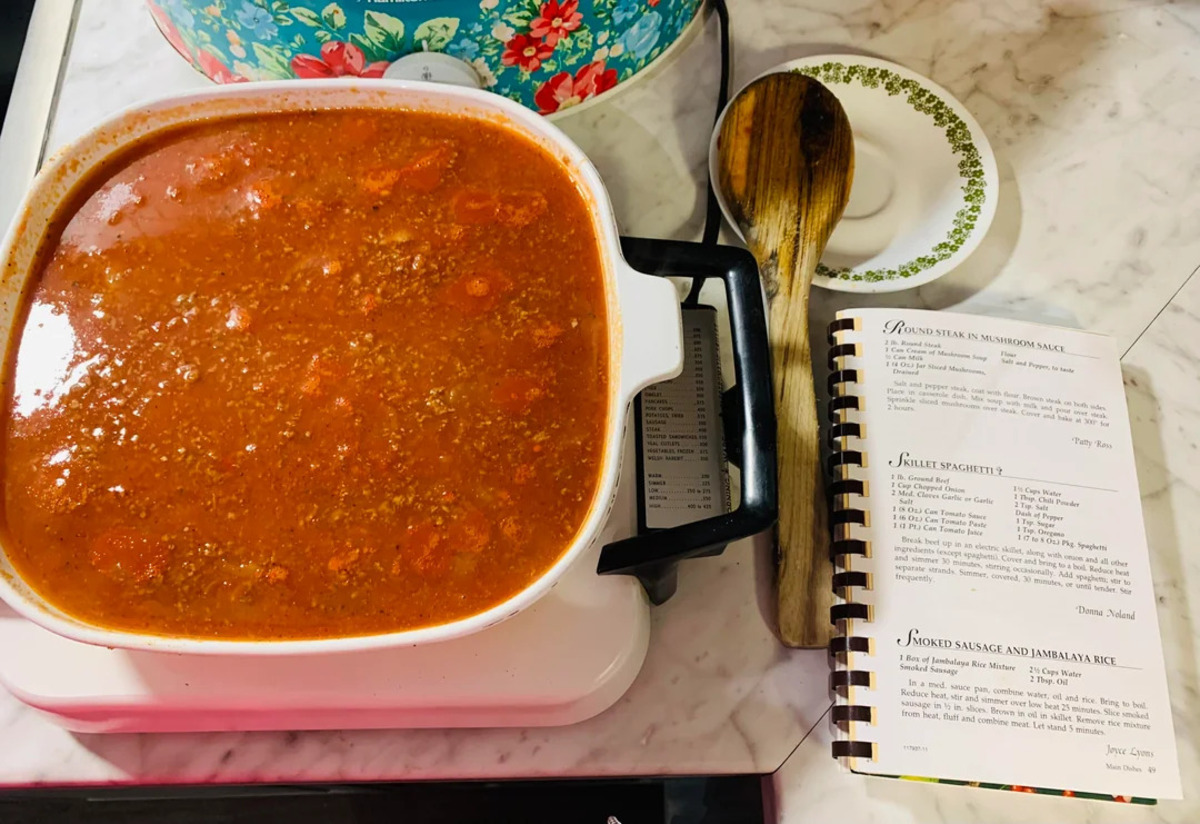
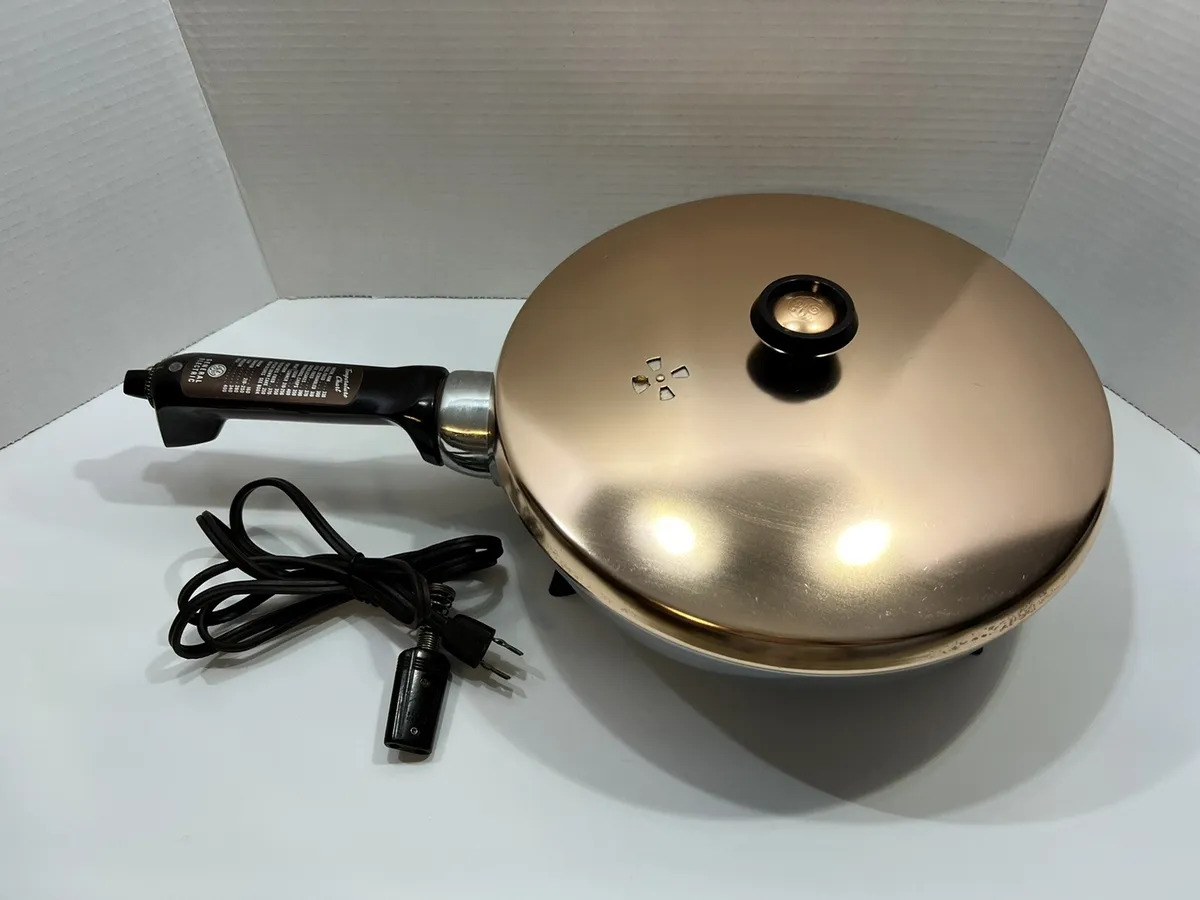
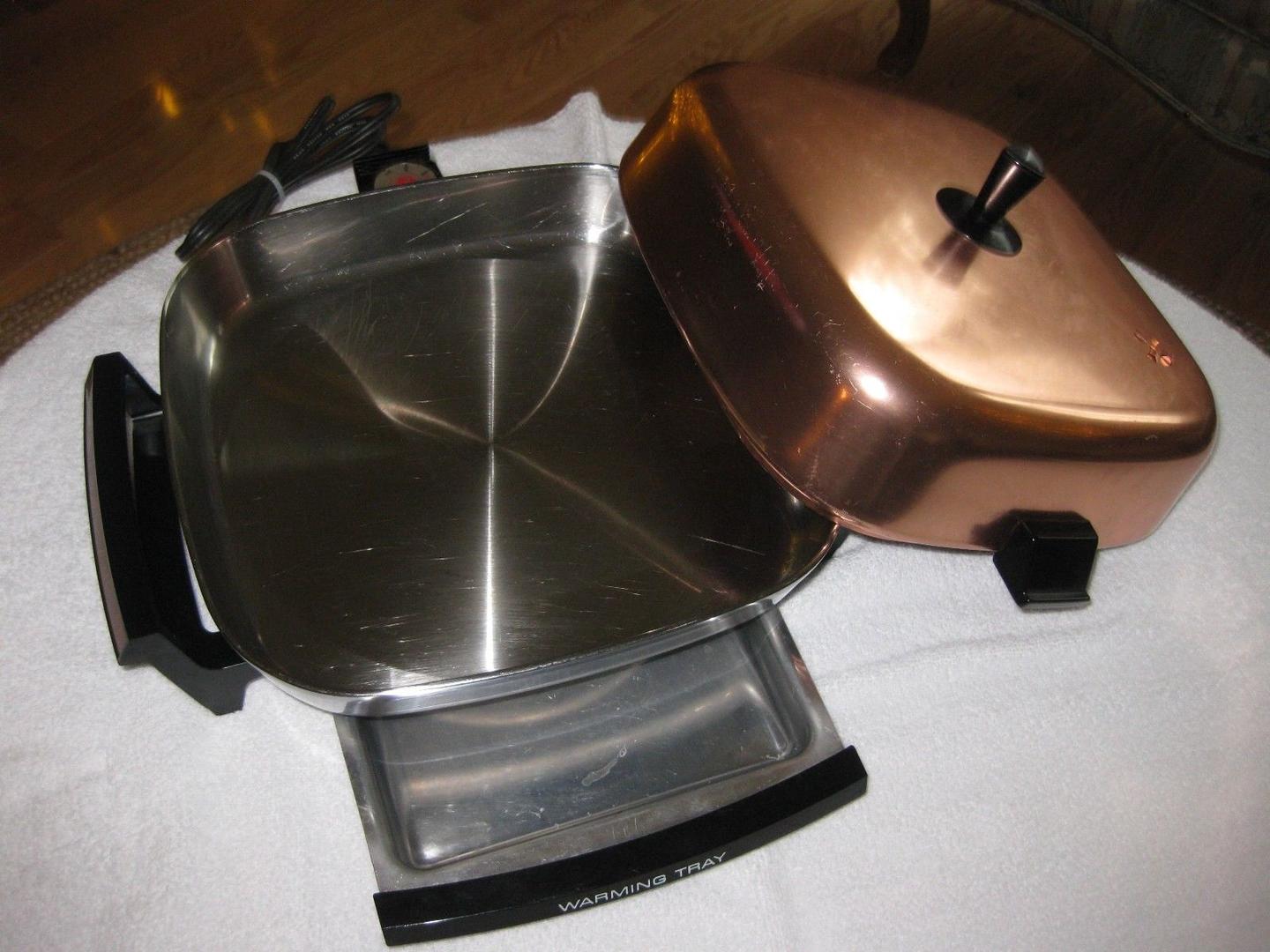
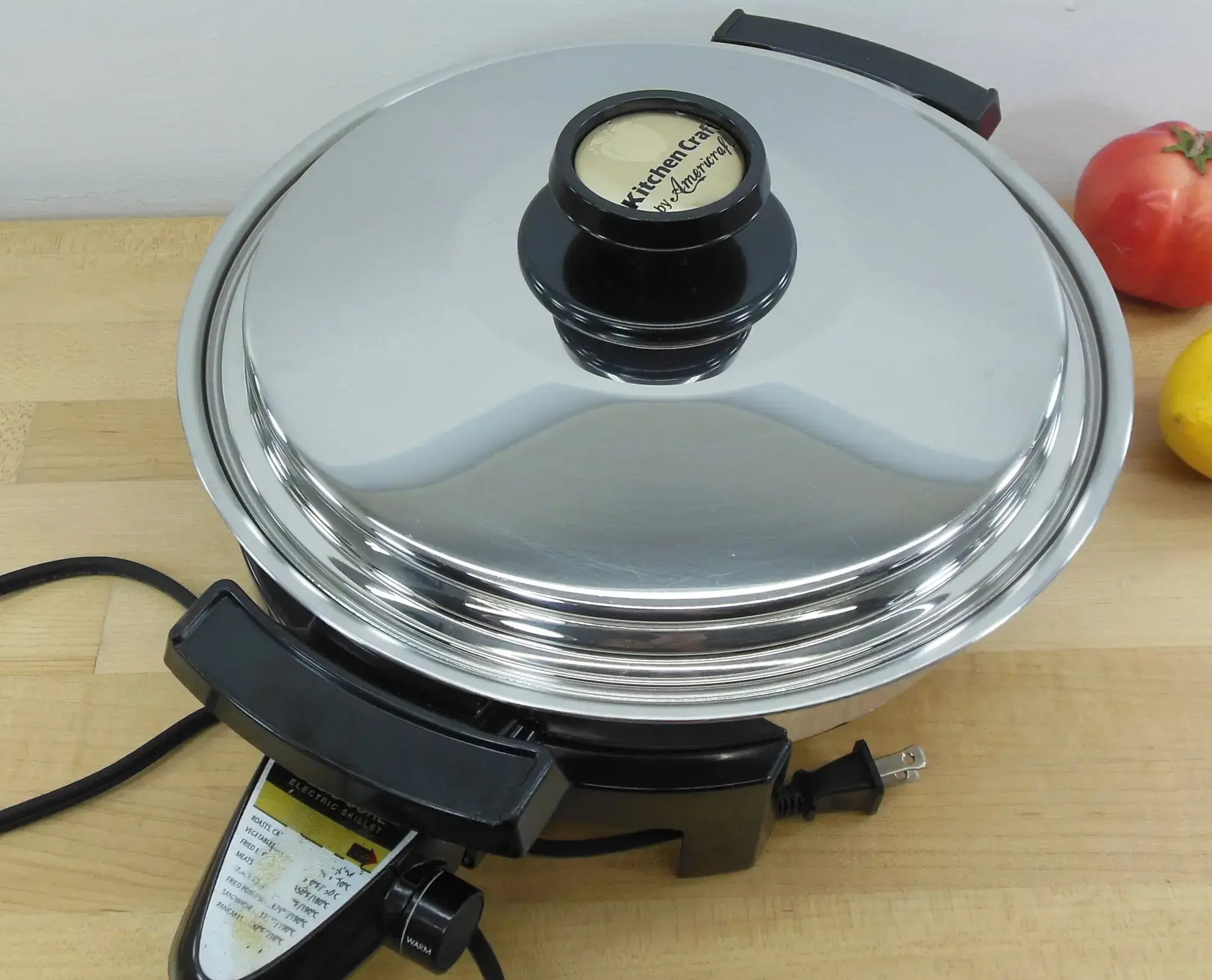
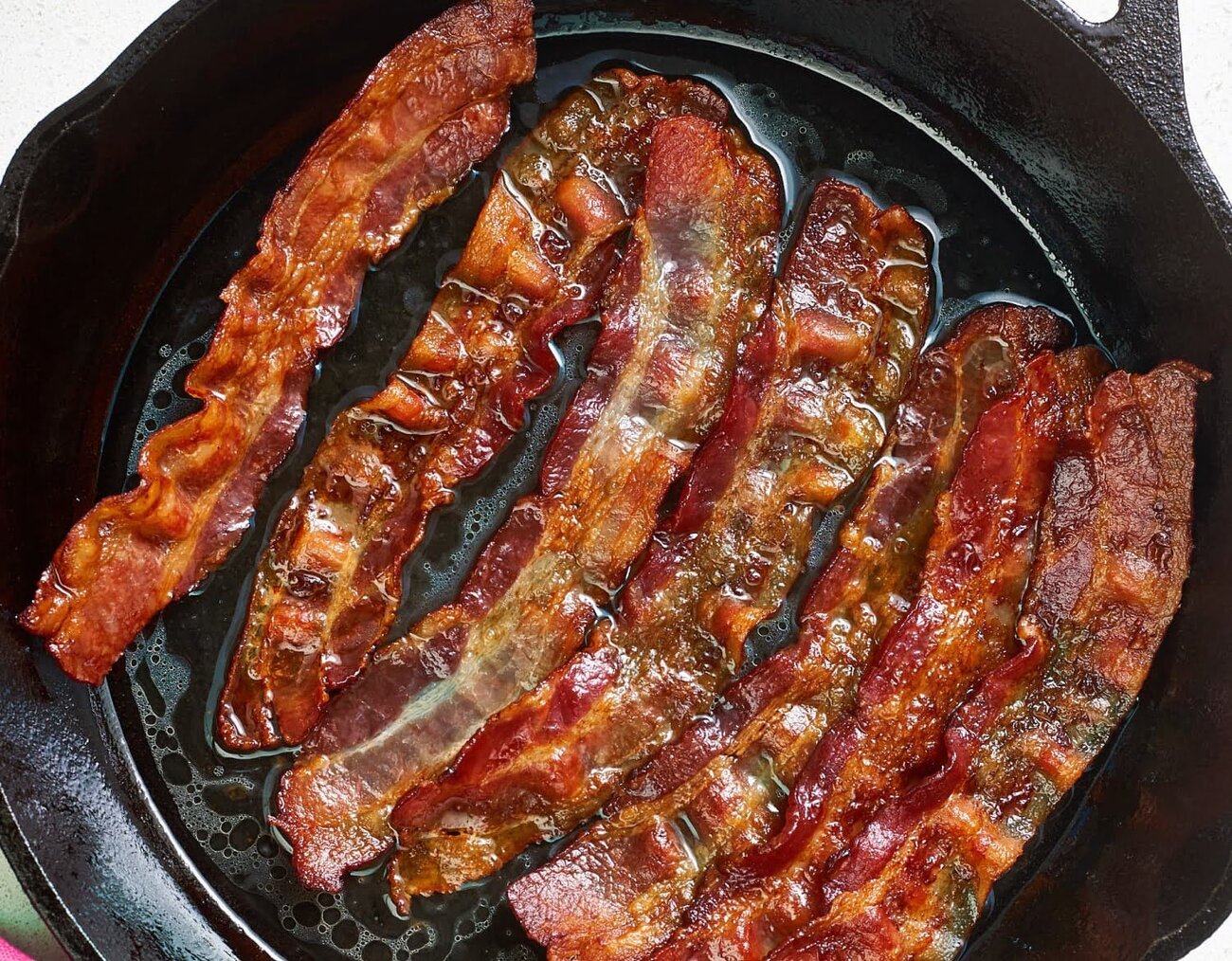

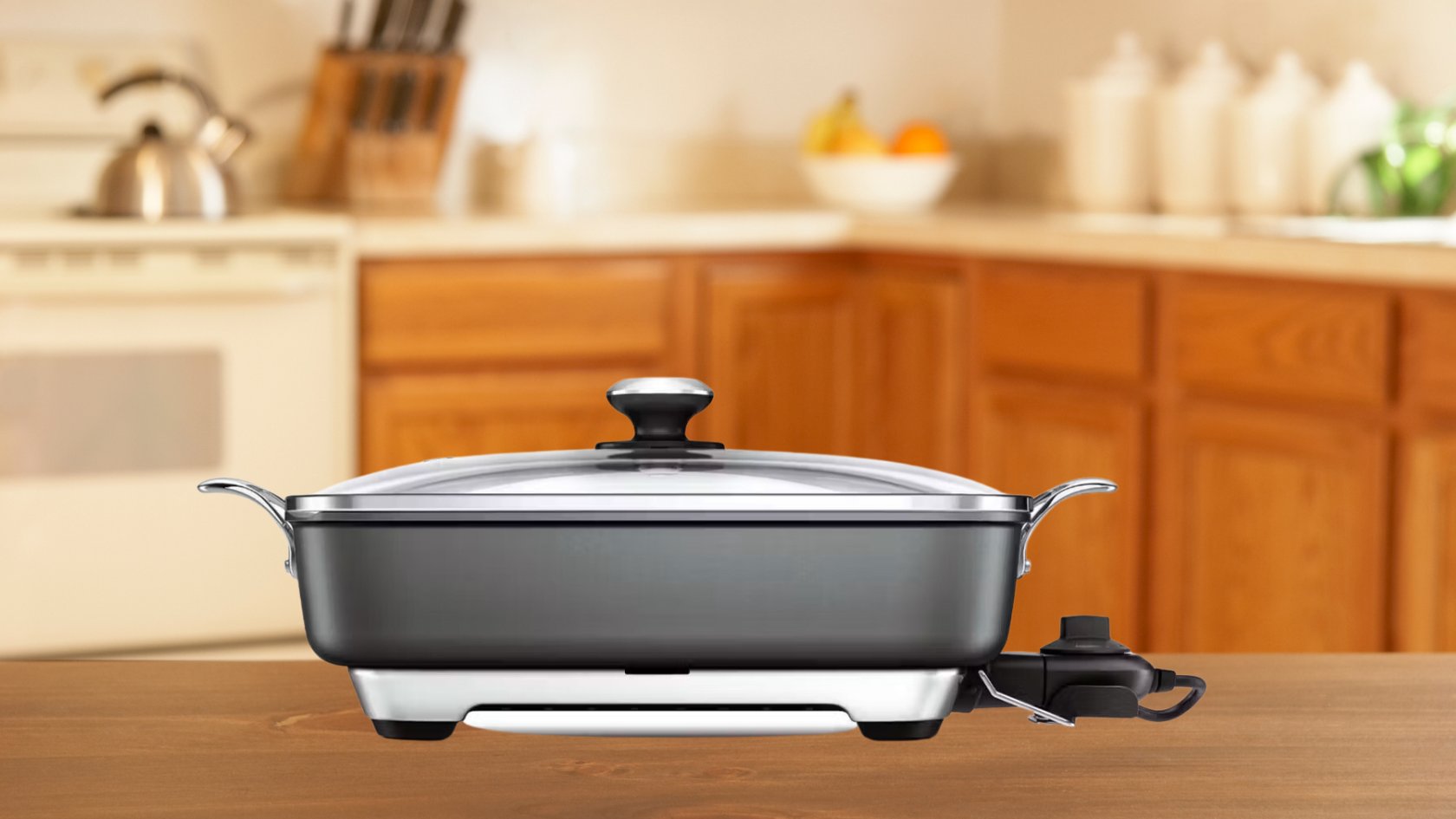

0 thoughts on “What Is Considered Medium Heat On An Electric Skillet”